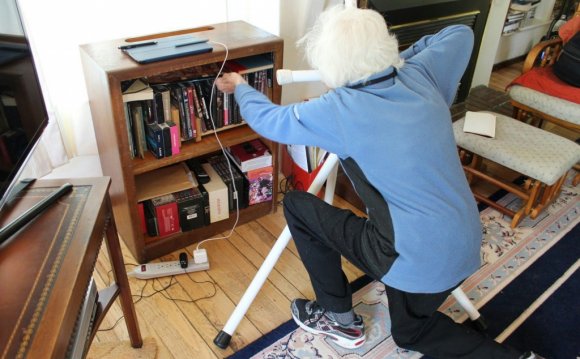
Designing for Seniors
 Like it or perhaps not, our anatomical bodies alter even as we age. For all seniors, with age comes increasing farsightedness, meaning difficulty in seeing things being near by. Farsightedness could make reading more challenging.
Like it or perhaps not, our anatomical bodies alter even as we age. For all seniors, with age comes increasing farsightedness, meaning difficulty in seeing things being near by. Farsightedness could make reading more challenging.
Senior-friendly design alternatives will make your typeset content cause communication, maybe not frustration. Follow these directions to keep reading a pleasure for your senior market, and also to enhance their comprehension and consumption of the message also.
Typestyle
Use simple, easy-to-read typefaces; stay away from programs and decorative typestyles. Keep carefully the amount of fonts per web page to the very least.
Type Dimensions
Pick your text dimensions amply, with additional causing boost readability. No less than 12 point text on 14 points of leading is a great principle, although specific sizes can vary with respect to the typeface that you choose.
Text Length
Prevent lengthy blocks of text by breaking copy into chunks wherever possible. Contemplate using subheads, bulleted lists and containers to organize content.
White Space
Incorporate many white room to cut back eye weakness. Add space into the margins, between text sections and around illustrations.
Emphasis
Use boldface to emphasize a word or a little selection of words. Hold use of italics to at least; study suggests that italic type is 18 % more challenging to read through than Roman (upright) letters.
Shade
Ebony type on a white or extremely light background is the most obtainable for senior eyes. Prevent reverse or drop-out text, which can be more difficult to see. Keep high comparison and keep medium-value colors to the very least.













